I’ve Traveled To 5 Villages From My Favorite Books That Felt Empty + 12 Places That Captivated Me
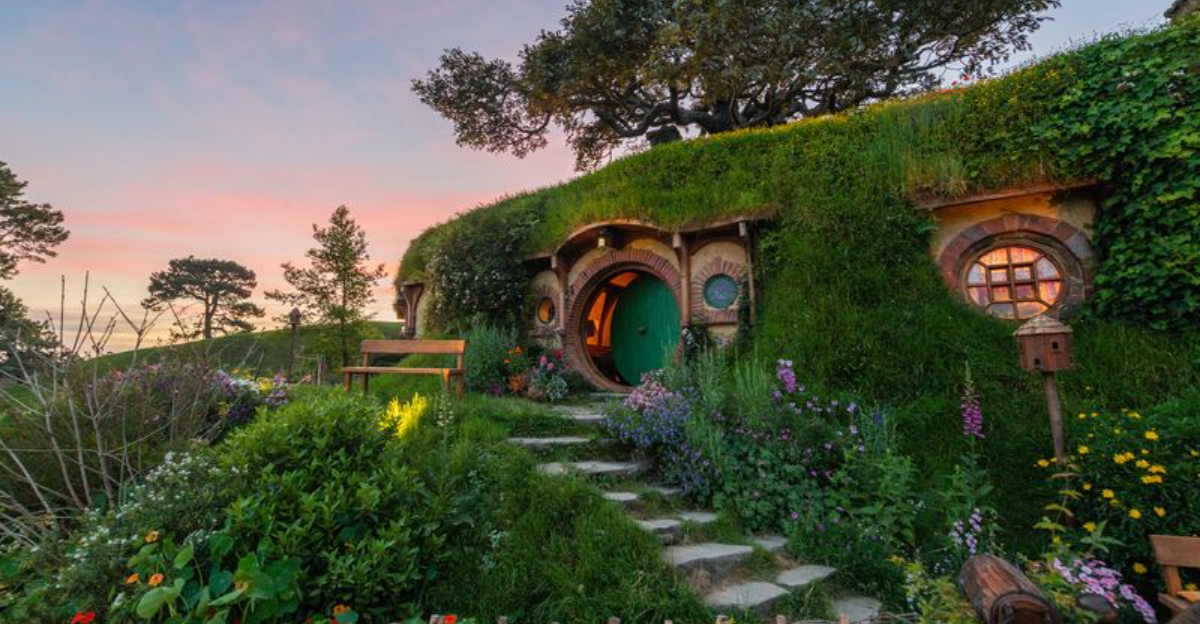
Books ignite the imagination, painting worlds so vivid they linger long after the final page. Visiting the real places behind those stories can be exhilarating – or disheartening. During my literary travels, I’ve roamed windswept moors, cobbled streets, and sleepy towns shaped by the novels I love.
Some places felt disappointingly hollow compared to their fictional counterparts. Others radiated a kind of quiet magic that surpassed anything I expected. These journeys revealed just how wide the gap can be between the worlds we read and the ones we walk.
1. Aracataca, Colombia – One Hundred Years Of Solitude By Gabriel García Márquez

The sleepy town felt like a ghost of Macondo. García Márquez’s birthplace, while historically significant, lacked the magical realism that made his fictional world so captivating.
Yellow butterflies were notably absent, and the heat seemed to slow time itself. The literary museum offered glimpses into his inspiration, but Macondo remains more vivid in imagination than reality.
2. Newburyport, Massachusetts, USA – The Shadow Over Innsmouth By H.P. Lovecraft
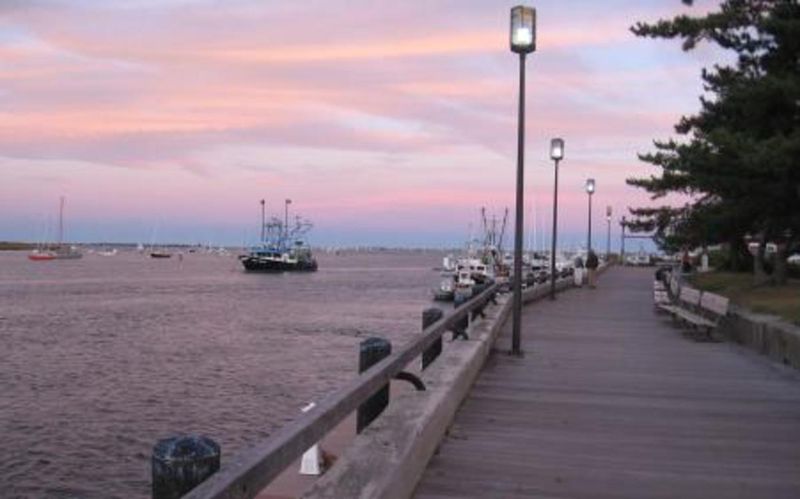
Something essential was missing from this coastal town. While Lovecraft drew inspiration from its harbor, the eerie atmosphere of his fictional Innsmouth was nowhere to be found.
The quaint New England charm overpowered any cosmic horror vibes. Tourists happily shopped where fish-human hybrids should have lurked. Without the supernatural elements, it felt like any other pleasant seaside community.
3. Western Massachusetts, USA – The Dunwich Horror By H.P. Lovecraft
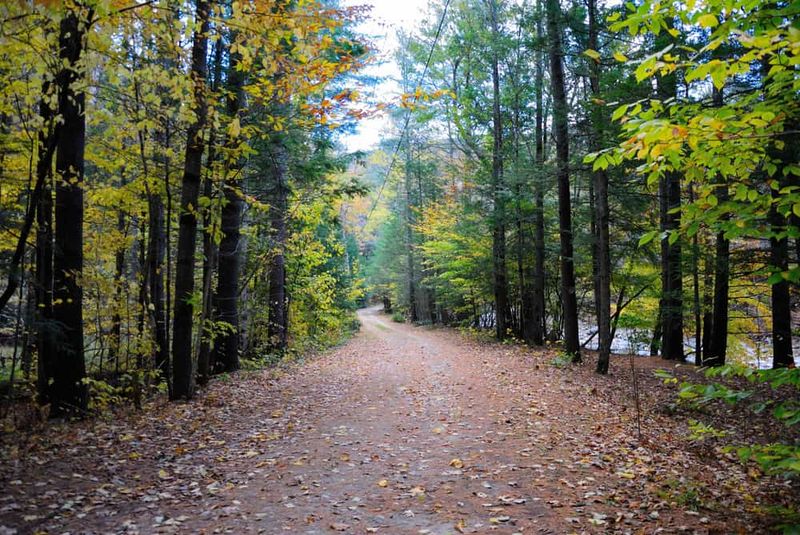
The rolling hills held none of the dread I expected. Walking through these picturesque landscapes, I searched for traces of the twisted Whateley farm or mysterious stone circles.
Western Massachusetts proved too wholesome for Lovecraft’s cosmic horror. The rural beauty contradicted the forbidden knowledge and ancestral evil of Dunwich. Even the most isolated farmhouses seemed cheerful rather than harboring inter-dimensional horrors.
4. Devonshire, England – The Moving Finger By Agatha Christie
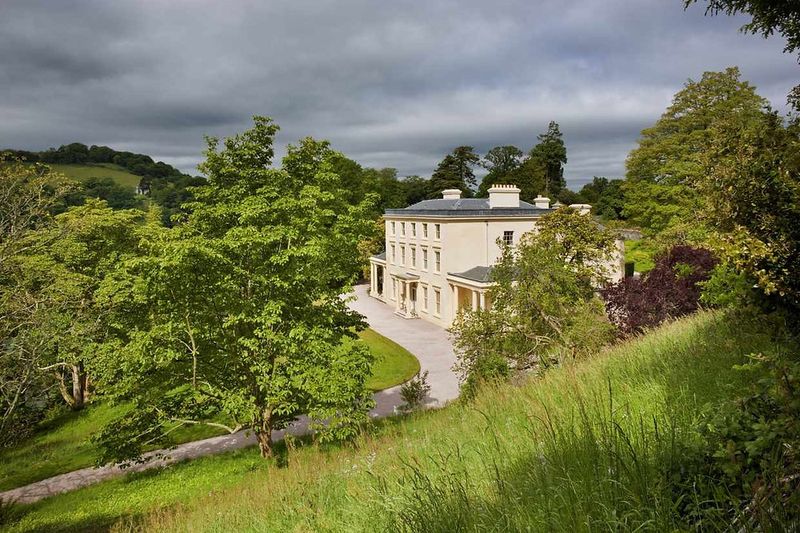
The quintessential English village lacked Christie’s signature intrigue. Picturesque cottages and manicured gardens couldn’t compensate for the absence of mysterious poisonings or cunning sleuths.
Devonshire’s tranquility seemed almost disappointingly genuine. The locals were friendly rather than harboring dark secrets. I kept expecting Miss Marple to appear around every corner, but found only ordinary village life instead of cleverly concealed murderers.
5. Castle Howard, England – Inspiration For Gormenghast By Mervyn Peake

The stately home felt too orderly and maintained. While impressive, Castle Howard lacked the decaying grandeur and labyrinthine madness of Peake’s crumbling Gormenghast.
Tourists followed designated paths where fictional characters would have discovered forgotten wings and ancient rituals. The manicured gardens betrayed none of the wild overgrowth that made Gormenghast so atmospheric. Its Gothic elements seemed tamed by English heritage preservation.
6. Prince Edward Island, Canada – Anne Of Green Gables By L.M. Montgomery
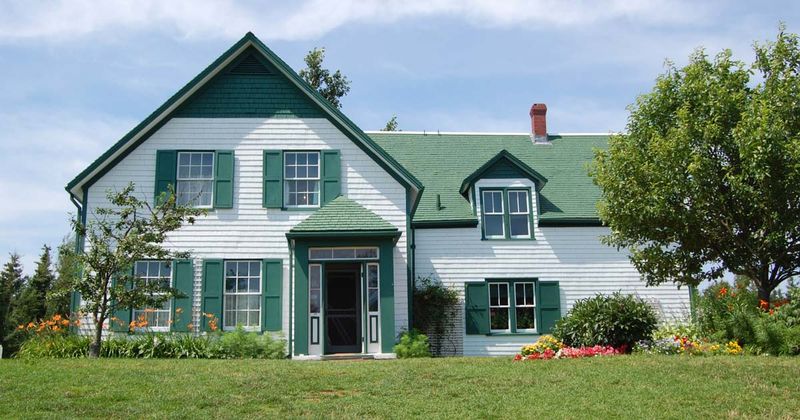
The red dirt roads and sweeping coastlines exceeded my expectations. Every landscape felt exactly as Montgomery described—from the Lake of Shining Waters to the White Way of Delight.
Green Gables farmhouse stood pristine and welcoming. The Haunted Wood still held its mysterious charm while Lover’s Lane invited romantic strolls. The island’s beauty made it obvious why Anne Shirley found such scope for imagination in this enchanting Canadian province.
7. Oxford, England – His Dark Materials By Philip Pullman
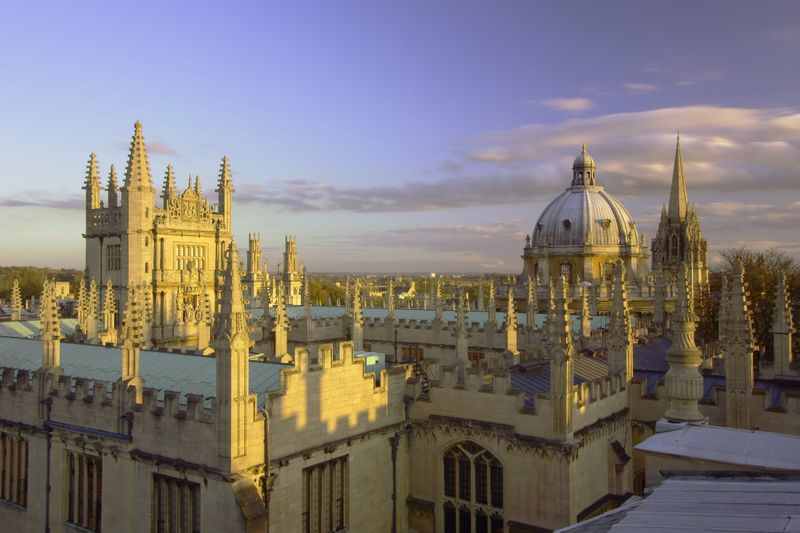
Ancient colleges and secret courtyards whispered of parallel worlds. Walking through Oxford, I understood how Pullman envisioned doorways between dimensions hiding in plain sight among these scholarly stones.
The Bodleian Library exuded mysterious knowledge while the covered market bustled with activity. Jordan College might be fictional, but its essence lives in the real university’s halls. The boundary between Lyra’s Oxford and our own felt deliciously thin.
8. Paris, France – The Night Circus By Erin Morgenstern
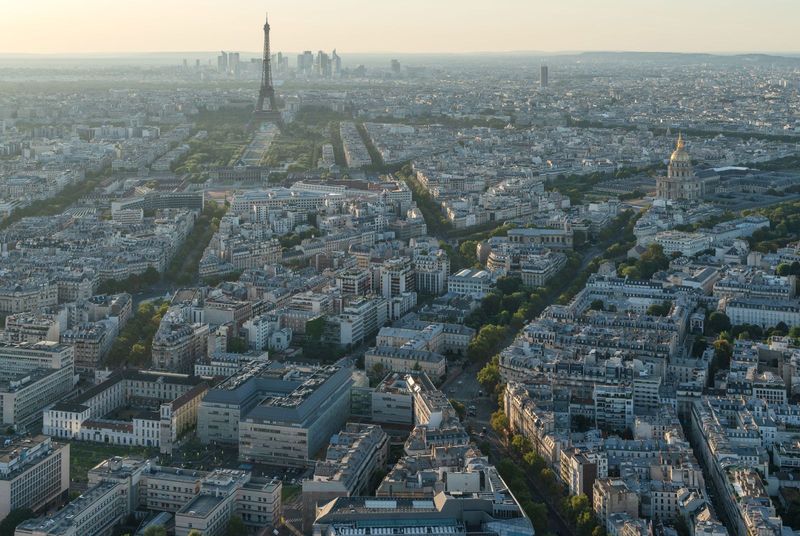
Wandering Parisian streets after dark awakened the magic of Morgenstern’s circus. The City of Light transformed into a realm of possibility where extraordinary feats might occur behind unmarked doors.
Historic carousels spun with the same enchantment as the circus’s magical carousel. Tiny patisseries offered confections worthy of Chandresh’s midnight dinners. The Seine reflected lamplight in ways that suggested more than one reality existed simultaneously—just as in the novel.
9. Venice, Italy – The Thief Lord By Cornelia Funke

The labyrinthine canals and hidden courtyards perfectly embodied Funke’s mysterious Venice. Around every corner lurked the possibility of encountering Scipio or stumbling upon the abandoned cinema where orphans found refuge.
Masks in shop windows reminded me of the Thief Lord’s disguise. The Campo Santa Margherita buzzed with the same energy described in the book. Venice’s unique blend of decay and splendor created the ideal backdrop for children seeking freedom from adult rules.
10. Prague, Czech Republic – Daughter Of Smoke And Bone By Laini Taylor
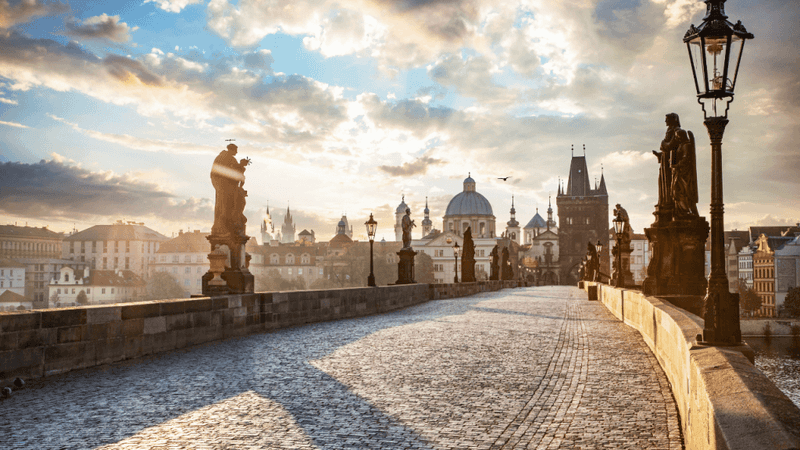
The winding streets and Gothic architecture created the perfect backdrop for supernatural encounters. Taylor’s magical Prague felt entirely plausible as I crossed the Charles Bridge where Karou might have walked.
The astronomical clock seemed capable of opening doorways to other worlds. Tiny art studios tucked between ancient buildings could easily house tooth-collecting chimera. Prague’s blend of beauty and darkness made it the ideal setting for a story where angels and demons might battle overhead.
11. Edinburgh, Scotland – Harry Potter Series By J.K. Rowling
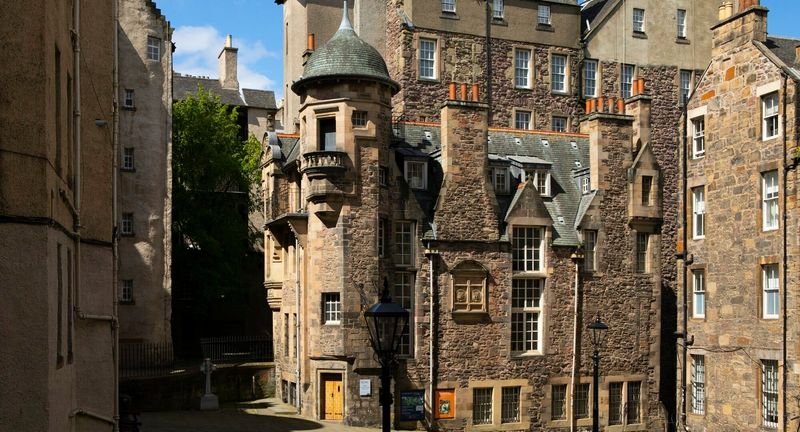
The city feels like Hogwarts come to life with its medieval architecture and winding closes. Walking down Victoria Street—the inspiration for Diagon Alley—I half-expected to find wand shops and apothecaries.
Greyfriars Kirkyard contains tombstones bearing names familiar to Potter fans. The Elephant House café, where Rowling wrote early chapters, overlooks the imposing Edinburgh Castle. The city’s magical atmosphere makes it obvious why it inspired the wizarding world.
12. Kyoto, Japan – Memoirs Of A Geisha By Arthur Golden
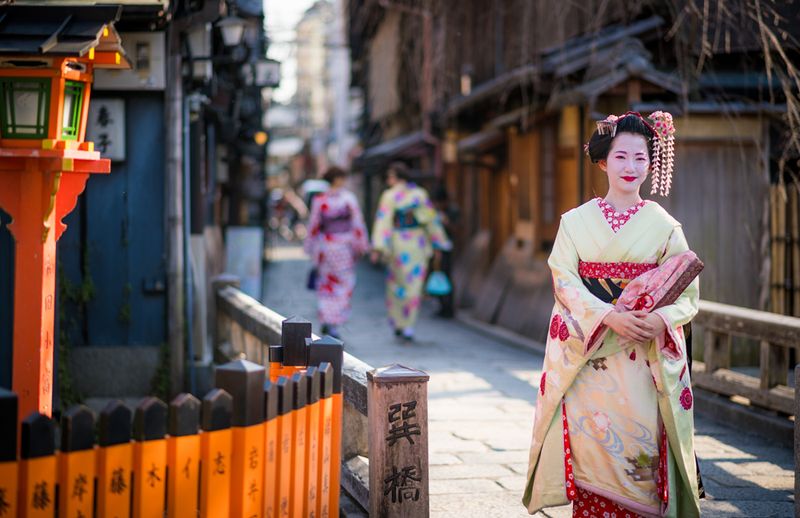
The preserved Gion district transported me straight into Golden’s novel. Traditional wooden machiya houses lined narrow streets where modern geiko (geisha) still hurry to appointments in full kimono.
Stone pathways alongside the Shirakawa Canal matched scenes from the book perfectly. The Yasaka Shrine glowed with lanterns at dusk just as described. Kyoto’s careful balance of preserving tradition while embracing modernity captured the same tension that defined Sayuri’s journey.
13. Matamata, New Zealand – The Lord Of The Rings By J.R.R. Tolkien
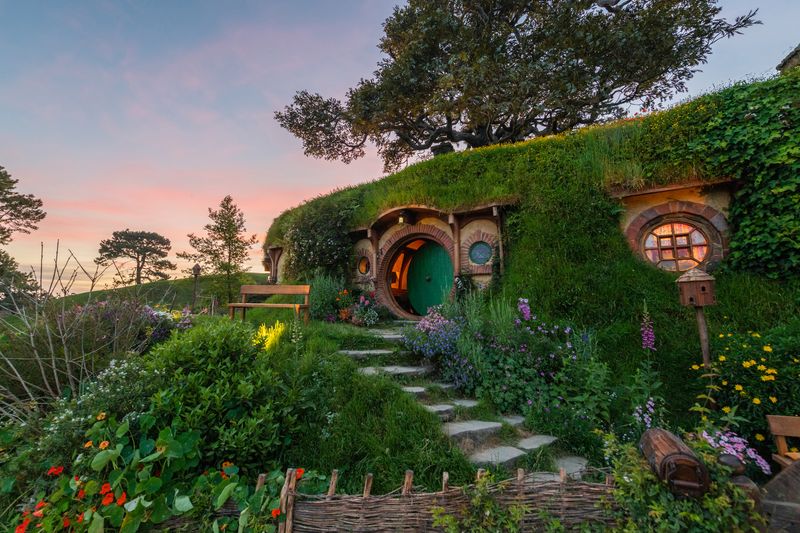
Stepping into Hobbiton felt like crossing into Middle-earth itself. The meticulous attention to detail—from hobbit holes with smoking chimneys to laundry hanging on tiny clotheslines – created perfect immersion.
Each rounded door and miniature garden told a story. The Green Dragon Inn served actual mead while the Party Tree stood majestically in the field. Tolkien’s vision came alive so completely that I half-expected Gandalf to come rumbling down the lane.
14. New Orleans, Louisiana, USA – Interview With The Vampire By Anne Rice
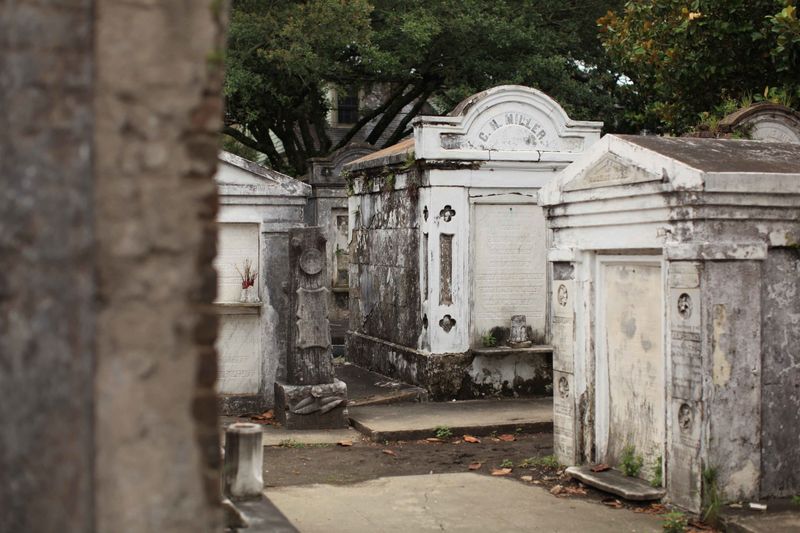
The French Quarter oozed supernatural potential with every wrought-iron balcony and gas-lit courtyard. Stepping into the Lafayette Cemetery felt like encountering Lestat around any corner.
Historic mansions along Garden District streets matched the vampire residences perfectly. Jazz spilled from doorways as I walked past buildings that had stood since Louis’s mortal days. The city’s relationship with death – celebrated rather than feared – made it the perfect vampire hunting ground.
15. Barcelona, Spain – The Shadow Of The Wind By Carlos Ruiz Zafón
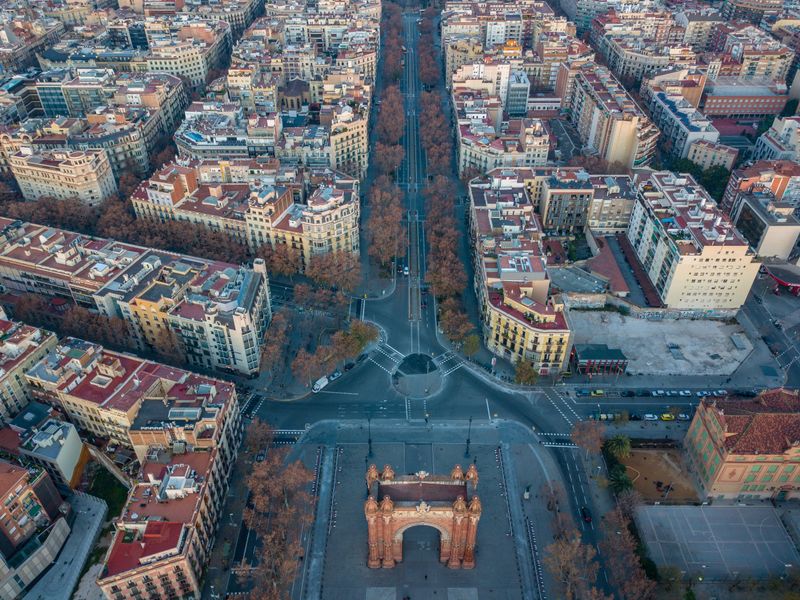
The Gothic Quarter materialized Zafón’s mysterious Barcelona before my eyes. Narrow medieval streets twisted unexpectedly, making it easy to believe in the Cemetery of Forgotten Books hiding somewhere nearby.
Buildings by Gaudí added the same fantastical elements found in the novel. Cafés where Daniel might have sat still served thick hot chocolate. The city balanced beauty with darkness – sunshine illuminating ornate façades while shadows pooled in corners harboring secrets spanning generations.
16. Tangier, Morocco – Let It Come Down By Paul Bowles
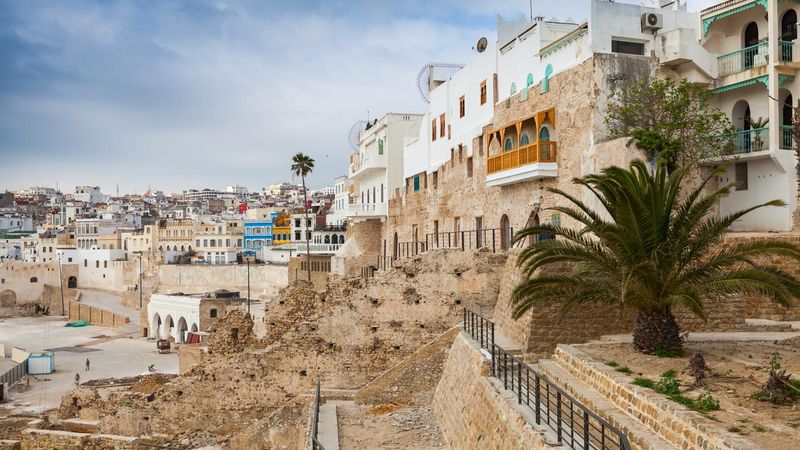
The International Zone’s ghost lingered in Tangier’s winding medina. Following paths where Bowles’s characters once walked, I felt the same disorientation and cultural collision that defined his work.
Cafés where the author himself wrote still served mint tea to travelers. The meeting of Mediterranean and Atlantic created the perfect backdrop for stories about Westerners transformed by North Africa. The city’s complex history of colonialism and independence echoed through narrow streets and crowded markets.
17. Istanbul, Turkey – The Museum Of Innocence By Orhan Pamuk
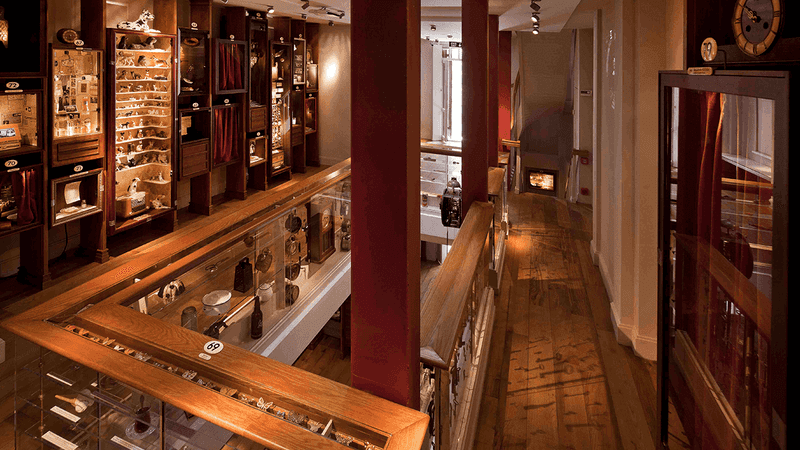
The city straddling two continents perfectly embodied the novel’s clash between tradition and modernity. Walking through neighborhoods where Kemal pursued Füsun, I understood how geography became metaphor in Pamuk’s work.
The actual Museum of Innocence – created by Pamuk himself – displayed objects from the book. The Bosphorus flowed between Europe and Asia just as the characters navigated between old and new values. Istanbul’s layers of history mirrored the emotional archaeology performed by the novel’s lovelorn protagonist.
